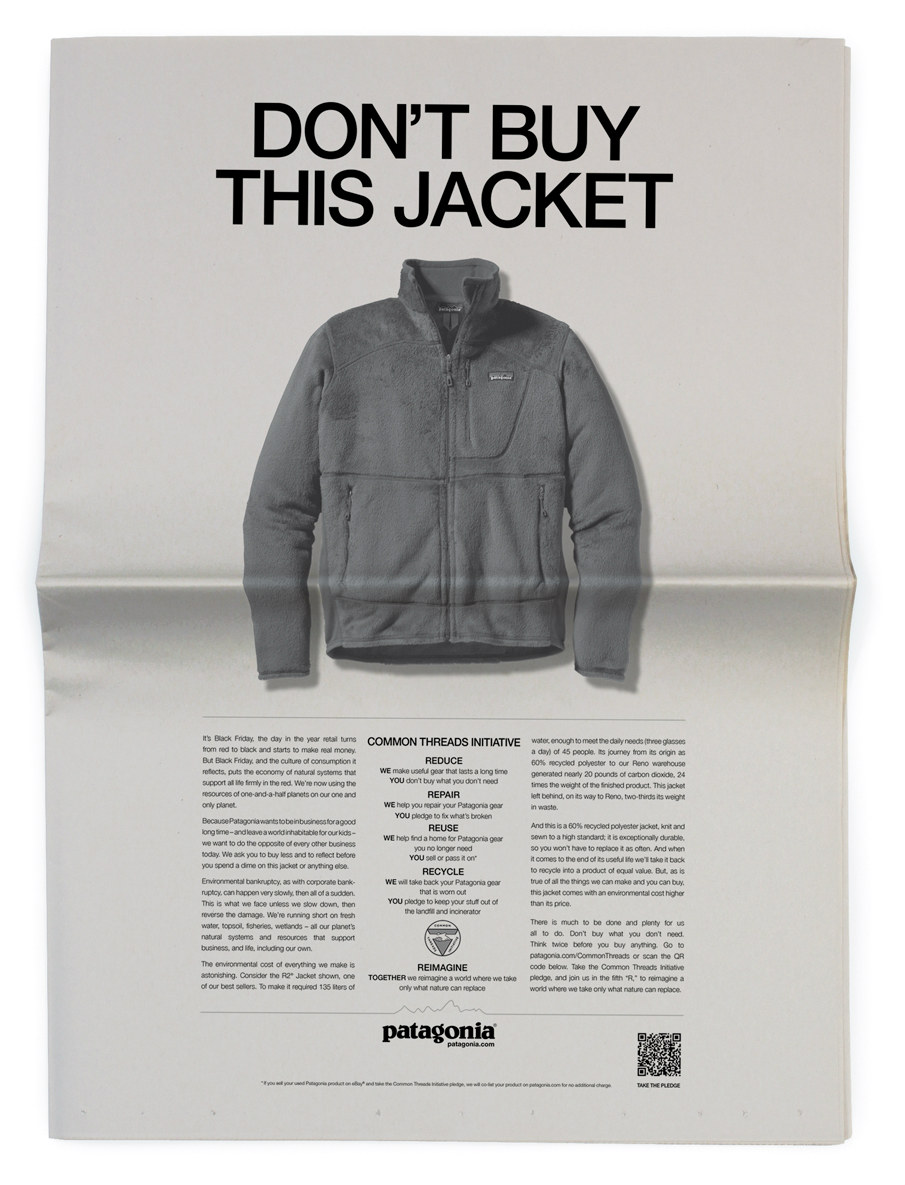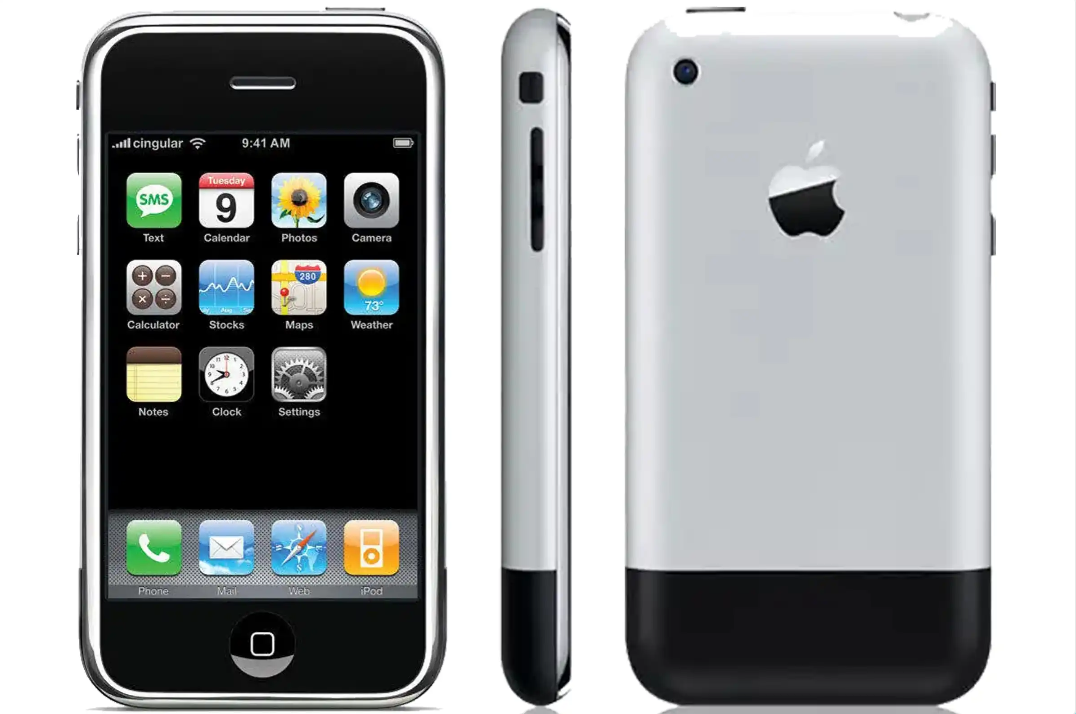How Do You Know?
They say marketing works half the time. You just never know which half. Can you be confident in your next ad campaign?
You’ve created a monster ad campaign, you've put a lot of time and energy into it, and all you want is for it to pay off. But the thing is, sometimes, you never know. You know that advertising is vital, but how do you avoid wasting money? On the other hand, could this next campaign be the campaign that will help you surpass your brand goals?
Advertising is like eating a balanced diet in some ways. We all know that variety can be the spice of life, and we should eat healthier, but eating how you want always feels more fun. I don't need to know if what I'm eating is bad for me. What I really want to know is if this is the buttery biscuit that finally takes me down.
Like eating buttery biscuits or a healthy grilled white fish over mixed greens, there are best practices to secure you the best results, and then there are buttery biscuits. There is a well-thought-out brand marketing campaign, a long-term, healthy approach. And then there are quick lead-generation tactics that get the immediate gratification you really want. The buttery biscuits of marketing. The appointment-setting company, the pick-your-daily-budget ads, and the commission-only salesperson. They can satisfy your hunger sometimes. They work just fine for some people, but often, over time, you start to see the effects of a bad diet.
Sure. It's smarter to think long-term, but every once in a while, it's okay to have a biscuit. And that's okay if you have your priorities straight. Do more of the healthier stuff, and you have more tolerance for the riskier stuff.
The grilled white fish over mixed greens of marketing might be a better long-term investment, but how do you know if it's working? To understand how to tune our advertising for the best effects, we need to talk about why an ad works. In today's newsletter, we're going to talk about three important factors of successful advertising campaigns.
What Makes A Successful Advertising Campaign
It can be hard to predict which campaigns will be most effective because it is difficult, if not impossible, to predict the market response to anything, and we, as brand managers, cannot control our market. You could do everything in your control correctly, and be blindsided by a market factor that is out of your control. Maybe a stronger competitor shows up, a worldwide pandemic, or a widespread change in tariffs.
This only strengthens the argument for the long-term focus of building a brand name. The grilled white fish. Three of the most important factors that we can control when building a brand are the following:
- Distinction
- Frequency
- Duration
Let's talk about each of these factors.
Distinction
It's common knowledge that your company has the best people and is the most innovative. In a sample size of every client we've ever worked with over 20 years, I can confirm that it's true, and your customers agree. But before someone chooses your brand, they must be prompted with a reason to believe that is the case. A reason to put you ahead of the other options.
When everyone says the same thing, whatever you're saying goes unnoticed.
Capturing someone's attention requires an interruption to patterns. When everyone says the same thing, whatever you're saying goes unnoticed. We notice the car that is a distinctive color or a rare model. We notice the strange comment someone made or the shocking event that made the news. The same is true for marketing. A message that resonates with its audience is a must, but when everyone is saying the same thing, even a great message is missed. An ad is most effective when it stands alone.
Patagonia practiced this kind of pattern interrupt with their "Don't Buy This Jacket" campaign. Everyone says, "Buy Now," but Patagonia says something different. For Patagonia, their disruptive statement increases the chance you'll read the copy, just to see what point they're making. Ads don't always have to be shocking or use reverse psychology, but if you aren't saying something different, then you aren't saying much at all.

Frequency
There's no question that the goal of any marketing campaign is for your audience to see it. More than once, and in multiple places if possible. When customers make a purchasing decision, some are impulsive, and some are more deliberate. Focusing on impulse purchases might work for chewing gum, but the most successful brands are the ones customers remember. For customers to recall your brand, they often need to see it multiple times.
If you try to reach everyone, you might not reach anyone at all.
Frequent brand appearances build familiarity, which builds trust and perceived value. We often don't take action, even when an ad impacts us. For that reason, you usually have to reach someone repeatedly before your ad performs. Frequency is essential to increase purchasing interest. Even some impulse purchases were considered subconsciously before the purchase took place.
For ad frequency, choose various advertising channels that connect with similar demographics. Pairing outdoor with digital or direct mail with email marketing. If your budget is tight, don't spread your placement too thin just to hit different channels. Consider concentrating on a single channel where you can be seen more, rather than several channels where you will be seen rarely. But whatever you do, make sure you focus on a core audience so you can make frequency a priority. If you try to reach everyone, you might not reach anyone at all.
Duration
Frequency alone is not enough. It took me several decades before I ever tried almond butter – not because I wasn't familiar, but because I don't like peanut butter. While that may get me some hate mail, it was nothing personal to the peanut or the whole nut community. But after years of exposure, I eventually tried and loved it, and now I'm an enthusiast (sort of).
The brands that stay are the brands that play
This is how branding works, too. A known brand always outperforms the new kid on the block, with all other things being equal. The duration of your campaign will increase its performance, for many of the same reasons as frequency, but also because of staying power. The brands that stay are the brands that play.
If you're looking for a magic number, most campaigns should last no less than 90 days, but if you ask the iPhone, it might tell you it takes longer. The release of the first iPhone disrupted the market, but many of the iPhone adopters came with the release of the second version. I showed up around iPhone 4, and world domination was somewhere around iPhone 8.

The number of impressions may have an impact, but exposure to your product and your message over time allows your customer, who is subconsciously digesting it, to respond in time. An effective campaign should run for a substantial duration to have the intended results. Don't cut your marketing short just because it doesn't pay off immediately. Make sure you commit to sticking around for a long time because if you disappear too early, people might forget you were ever there.
What To Do With All This
Now that we understand all that, it seems like we should take a break and have a tasty breakfast sandwich. But in this economy? Who can take the risk?
If you sell to a market that is not ready for you, you may not sell at all.
This brings us to the fourth and final factor that we will cover today. The "out of your control" factor. Even with the most effective marketing campaigns, we still see varying results from one campaign to the next. Here are some of the reasons why an advertising campaign might not perform well.
- Economic pressures are impacting budgets.
- Trends in business, fashion, public interests, or politics.
- Your cutting-edge product is not understood or ready for prime time.
There are countless possible reasons that market conditions could impact your campaign. Navigating market factors calls for a post of its own, but the key is to ensure there is market demand for your product. If you're advertising flying cars at a premium price, many people may be interested, but like me and almond butter, there's a lot one needs to wrap their mind (and wallet) around before plunging into a product that requires a change of mindset. The Segway learned this lesson the hard way. If you sell to a market that is not ready for you, you may not sell at all.
Don't overlook the important factors of distinction, frequency, and duration in your advertising. Let's get to work, but let's be sure we finish the job.


